【今日TED精讀】:為什麽大米如此受歡迎?|Why is rice so popular?
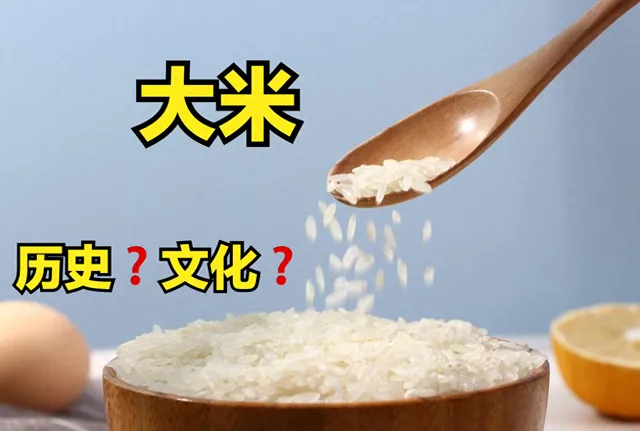
大米在世界飲食中扮演著重要的角色,如果把全球每年消耗的大米放在一邊,人類都會被其沈甸甸的份量所壓倒。讓我們一起探索大米的歷史和文化,了解它是如何成為全球食物中的主角的。
|
本篇TED精讀 |
詳情 |
|
TED影片 (中英文字幕) |
4min 37s |
|
總結重點詞匯詞組 |
10個 |
|
小習題 |
1道 |

01
TED影片 (中英文字幕)
更換封
02
原文閱讀(附加轉譯)
If you were to place all the rice consumed each year on one side of a scale, and every person in the world on the other, the scale would tip heavily towards rice's favor.
如果你把每年消耗的所有大米放在天平的一側,而世界上的每個人都放在另一側,那麽天平會嚴重向大米傾斜
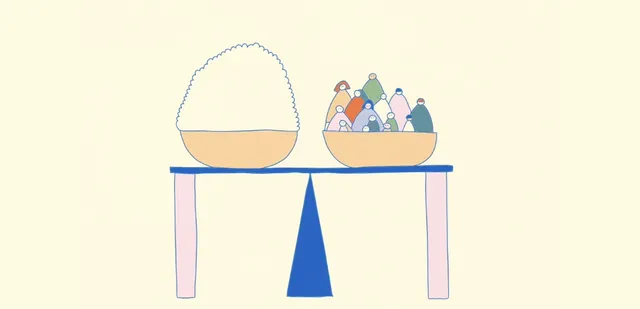
This beloved crop contributes over 20% of the calories consumed by humans each year.
這種深受人們喜愛的作物每年貢獻的熱量占人類消耗的熱量的 20% 以上。
Korean bibimbap , Nigerian jollof, Indian biryani , Spanish paella , and countless other culinary masterpieces all begin with rice.
南韓拌飯、尼日利亞喬洛夫、印度比爾亞尼菜、西班牙海鮮飯以及無數其他烹飪傑作都始於大米。
So how did this humble grain end up in so many cuisines ?
那麽這種不起眼的谷物是如何出現在這麽多美食中的呢?
The roots of rice go back thousands of years to when early farmers in Asia, Africa, and South America each independently domesticated the crop.
水稻的根源可以追溯到數千年前,當時亞洲、非洲和南美洲的早期農民各自獨立馴化了水稻。
First came Asian rice, which many plant geneticists believe originated in what's now China.
首先是亞洲水稻,許多植物遺傳學家認為它起源於現在的中國。
Over 10,000 years ago, nomadic hunters in the region began gathering and eating seeds from aweedy grass.
一萬多年前,該地區的遊牧獵人開始采集並食用雜草中的種子。
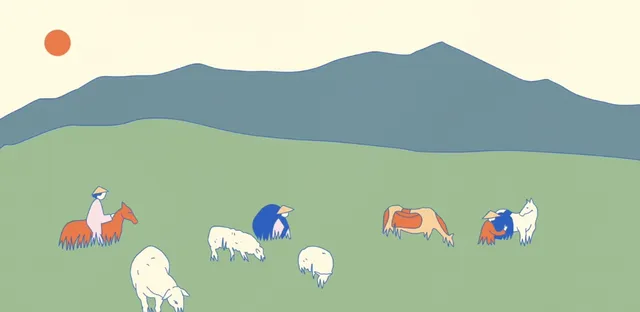
Then, around 9,000 years ago, they started planting these seeds, prompting nomadic hunters to settle into farming communities.
然後, 大約 9000 年前, 他們開始種植這些種子,促使遊牧獵人定居到農業社區。
With each harvest, growers selected and replanted seeds from the rice plants that pleased them most— like those with bigger and more plentiful grains or aromatic flavors.
每次收獲時,種植者都會從最令他們滿意的稻株中選擇並重新種植種子,比如那些顆粒更大、更豐富或味道更芳香的稻種。
Over millennia, thousands of varieties of Asian rice emerged.
幾千年來,出現了數千種亞洲稻米品種。

A relative of the same weedy grass was also domesticated in Africa around 3,000 years ago.
大約 3000 年前,同一種雜草的近親也在非洲被馴化。
Today, its growth is mostly limited to West Africa.
今天,它的增長主要局限於西非。
South American growers also domesticated rice around 4,000 years ago, though the crop was lostafter the arrival of Europeans.
大約 4000 年前, 南美種植者也馴化了水稻,但這種作物在歐洲人到來後就消失了。
Asian rice, however, spread widely, and is now a cornerstone of diet and culture in Asia and beyond.
然而,亞洲稻米傳播廣泛,現已成為亞洲及其他地區飲食和文化的基石。
In India and Nepal, many Hindus mark an infant's transition to solid foods with a ceremony known as Annaprashan, where the baby tastes rice for the first time.
在印度和尼泊爾, 許多印度教徒會舉行一種被稱為「Annaprashan」 的儀式來紀念嬰兒向固體食物的過渡,嬰兒在儀式上第一次品嘗米飯。
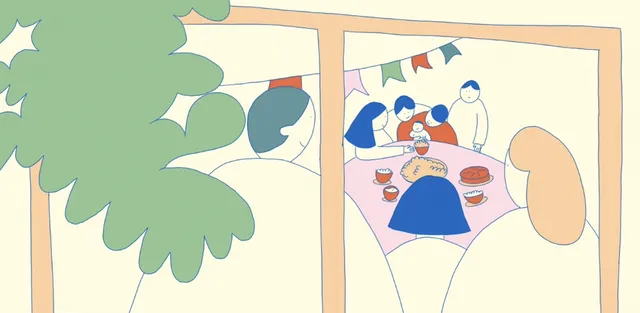
in Japan, rice is so central to diets that the word "gohan" means both "cooked rice" and "meal." Theglobal expansion of rice cultivation was only possible because the plant can grow in many climates— from tropical to temperate.
在日本,大米是飲食的核心,"gohan"一詞既意味著"煮熟的米飯",也意味著"飯"。水稻種植的全球擴張之所以成為可能,是因為這種植物可以在許多氣候條件下生長 - 從熱帶到溫帶。
As a semi- aquatic plant, rice happily grows in submerged soils.
作為一種半水生植物,水稻在淹沒的土壤中快樂地生長。
Many other crops can't survive in standing water because their root cells rely on air within soil toaccess oxygen.
許多其他作物無法在死水中生存,因為它們的根細胞依賴土壤中的空氣來獲取氧氣。
But rice plants have air channels in their roots that allow oxygen to travel from the leaves and stemsto the submerged tissues.
但水稻的根部有空氣通道,可以讓氧氣從葉子和莖輸送到水下的組織。
Traditionally, growers plant rice in paddy fields— flat land submerged under as much as 10centimeters of water throughout the growing season.
傳統上,種植者在稻田中種植水稻,稻田是在整個生長季節被淹沒在 10 厘米深水下的平坦土地。
This practice returns high yields since many competing weeds can't hack it in the aquaticenvironment.
這種做法可以獲得高產量,因為許多競爭雜草無法在水生環境中對其進行砍伐。
But the technique is also water intensive.
但該技術也需要大量用水。
Rice covers 11% of global cropland, but uses over a third of the world's irrigation water.
水稻覆蓋了全球農田的 11%,但使用了世界灌溉用水的三分之一以上。
This form of rice production also pumps out a surprising amount of greenhouse gas emissions.
這種水稻生產方式也產生了驚人的溫室氣體排放。
Flooded fields are the perfect breeding grounds for microorganisms known as methanogens.
被淹沒的田地是被稱為產甲烷菌的微生物的完美繁殖地。

These microscopic lifeforms thrive in environments lacking oxygen, because they evolved when theEarth contained little of this gas.
這些微小的生命形式在缺氧的環境中繁衍生息,因為它們是在地球上幾乎沒有氧氣的情況下前進演化而來的。
Methanogens are the only organisms known to produce methane— a greenhouse gas 25 times more potent than carbon dioxide at trapping heat in the atmosphere.
產甲烷菌是唯一已知能產生甲烷的生物體,甲烷是一種溫室氣體,其吸收大氣熱量的能力比二氧化碳強 25 倍。
Cows, for example, are infamous for burping out methane due to methanogens in their stomachs.
例如,牛因胃中的產甲烷菌而打嗝而出甲烷而臭名昭著。
In a flooded paddy field, methanogens set to work eating away at organic material in the submerged soil and multiplying rapidly, all the while releasing copious amounts of methane.
在被洪水淹沒的稻田中, 產甲烷菌開始侵蝕淹沒土壤中的有機物質並迅速繁殖,同時釋放大量甲烷。
The result: rice cultivation contributes around 12% of human-caused methane emissions each year.
結果:水稻種植每年貢獻了約12%的人為甲烷排放。
But there's good news.
但有好訊息。
Rice doesn't actually need to grow in continuously flooded paddies.
水稻實際上不需要在持續淹沒的稻田中生長。
Researchers and growers are exploring water management strategies that can cut the methane whilekeeping the yield.
研究人員和種植者正在探索水管理策略,以減少甲烷排放,同時保持產量。
One promising technique is known as alternate wetting and drying.
一種有前途的技術被稱為交替潤濕和幹燥。
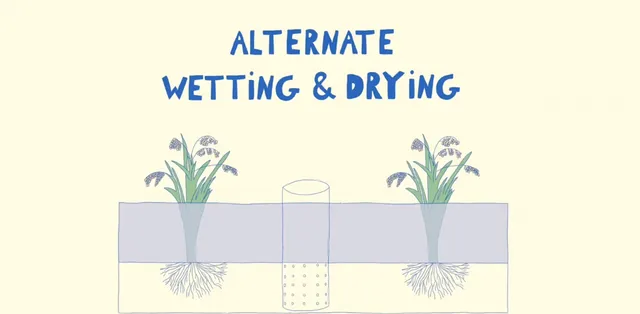
Growers periodically let the water level drop, which keeps methanogen growth in check.
種植者定期讓水位下降,從而抑制甲烷菌的生長。
Alternate wetting and drying can cut water use by 30% and methane emissions by 30 to 70% without impacting yield.
交替潤濕和幹燥可以將用水量減少30%,甲烷排放量減少30%至70%,而不會影響產量。
Greenhouse gases come from many— sometimes unexpected— places.
溫室氣體來自許多地方——有時是意想不到的地方。
Making rice growing more sustainable is just one of the many challenges we'll need to face to avoidcatastrophic warming.
讓水稻種植更加可持續只是我們避免災難性變暖需要面對的眾多挑戰之一。
Today, many rice growers still flood fields all season long.
如今,許多稻農仍然在整個季節淹沒田地。
Changing millennia -old practices requires a major mindset shift.
改變幾千年的做法需要重大的思維轉變。
But going against the grain could be just what we need to keep our planet healthy and our bowls full.
但逆境可能正是我們保持地球健康和我們的碗飽所需要的。
03
重點詞匯詞組
重點單詞:
1. rice /raɪs/: 大米
2. cultivation /ˌkʌltɪˈveɪʃən/: 種植
3. domestication /dəˌmɛstɪˈkeɪʃən/: 馴化
4. sustainable /səˈsteɪnəbl/: 可持續的
5. methane /ˈmɛθeɪn/: 甲烷
重點詞組:
1. culinary masterpieces: 美食傑作
2. water management: 水資源管理
3. greenhouse gas emissions: 溫室氣體排放
4. alternate wetting and drying: 交替浸濕和幹燥
5. sustainable production: 可持續生產
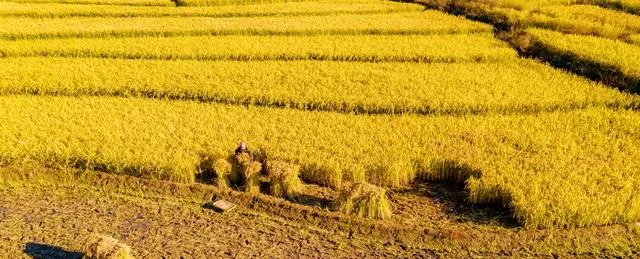
04
小習題
1. Rice is a __________ crop that provides over 20% of the calories consumed by humans each year.
a) Neglected
b) Beloved
c) Abandoned
d) Rejected
答案解析:
- b) beloved 解釋: 這裏用"beloved"表示大米是備受喜愛的作物,因為它在人類飲食中占據重要地位。
>>>> END <<<<
[微風]一篇不過癮?閱讀更多如下:











